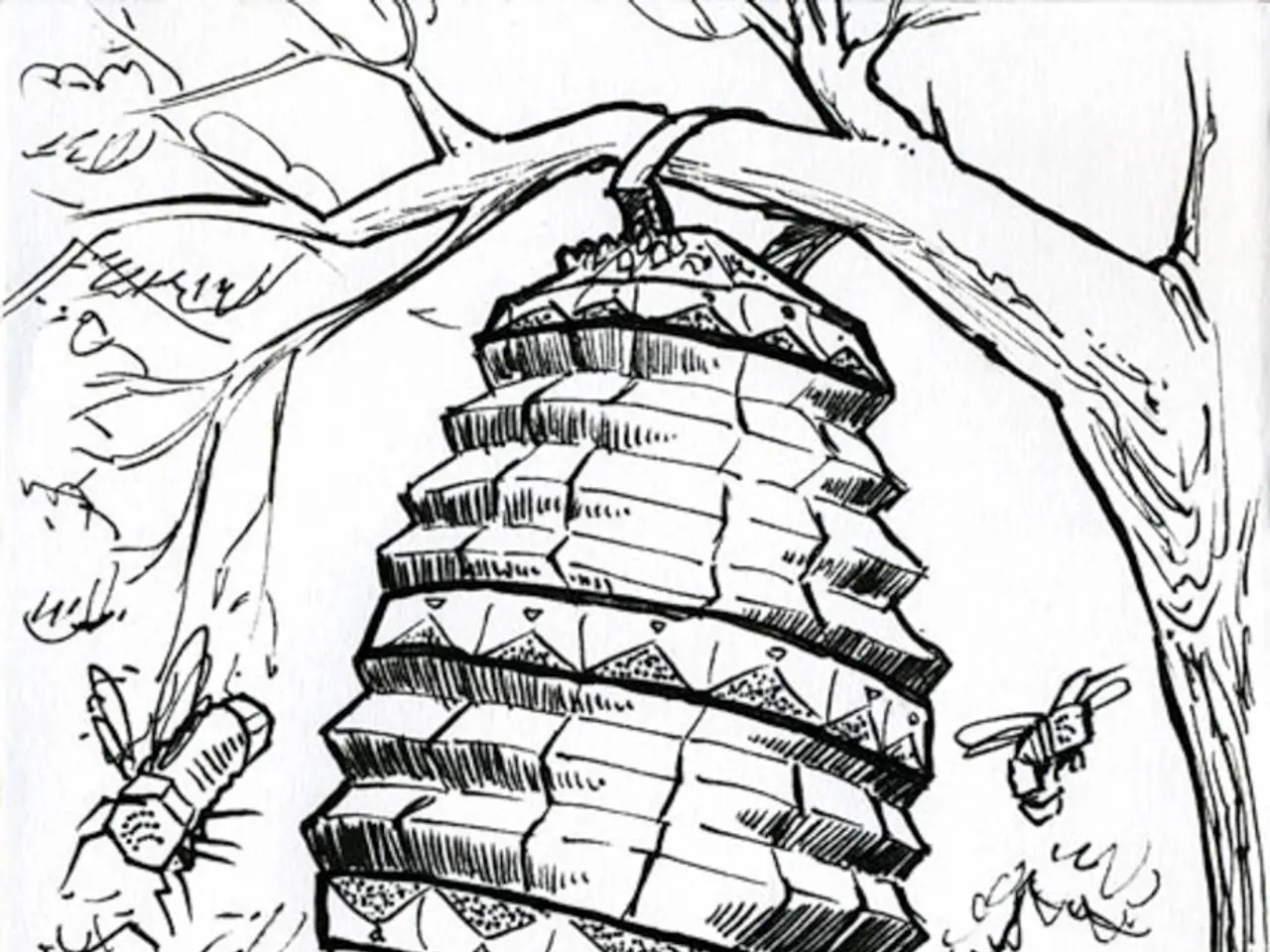Techniques for Enhanced Avocado Blossoming via Pollination
Maximizing Avocado Yield Through Effective Pollination
Avocado trees rely heavily on pollination to produce fruit, and bees play a crucial role in this process. These tiny winged creatures are the unsung heroes of avocado pollination, working tirelessly to ensure the growth of these popular fruits.
When it comes to manual pollination, timing is everything. The best time to pollinate is in the morning, when the flowers are most receptive. It's important to handle the flowers carefully to avoid damaging them during this process. To increase the chances of successful manual pollination, use fresh pollen from flowers that have just opened.
Natural pollinators, such as bees, collect nectar and pollen, which helps flowers develop into fruit. Avocado trees need bees to visit at the right time to maximize fruit production. Bees visit many flowers in a single day, increasing the chances of successful pollination.
To improve avocado yield, effective pollination requires synchronizing avocado type A and B flowers to promote cross-pollination, which significantly increases fruit set. This can be supported by attracting and encouraging bee activity, especially honey bees, as they are essential for transferring pollen between flowers.
Key techniques for improving avocado pollination include planting both type A and type B avocado varieties nearby to ensure overlap of female and male flower phases for optimal cross-pollination. Encouraging bee pollinators by planting pollinator-friendly plants such as lavender nearby also enhances avocado pollination.
Avoiding pesticide use during blooming is also important to protect and sustain pollinator presence. When natural bee activity is insufficient, manual pollination by gently brushing flowers with a soft brush in the morning and afternoon can help transfer pollen effectively.
Weather conditions should be monitored during the pollination process. Rain can wash away pollen, so it's best to aim for dry days to assist with pollination. Avoid pollinating on rainy or windy days, as this can wash away or blow away pollen.
Maintaining temperatures above 70°F during flowering is also crucial, as cooler temperatures disrupt pollination timing and success. Mature trees produce more flowers and better yields, so fruit set improves as the tree ages.
In summary, combining proper variety pairing, fostering bee populations with pollinator plants, and supplementing with manual pollination when needed are essential to maximize avocado yield through proper pollination techniques and bee pollination. By understanding the importance of bees in avocado pollination and implementing these techniques, avocado growers can significantly boost their fruit production.
Read also:
- Exploring the rising popularity of algae-derived skincare products
- Digital Art Display on Ash Wood Frame with E Ink Technology - Paperless Paper 7 Revisited
- Sizzling sweet treat: grilled ice cream delicacy
- Amazon Prime Day in Canada approaches imminently, yet these scorching offers can be obtained ahead of schedule:




